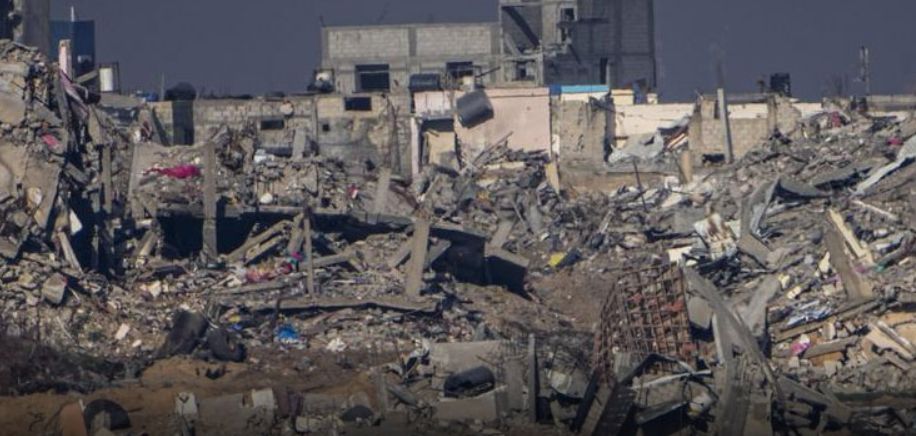Secretary of State Antony Blinken arrived in Riyadh at the start of his first trip to the region since Washington brokered an offer, with Israeli input, for the first extended ceasefire of the war.
Blinken’s meeting with Saudi Crown Prince Mohammed bin Salman lasted about two hours.
State Department spokesperson Matthew Miller said Blinken and the crown prince had discussed regional coordination to achieve “an enduring end” to the crisis. The Secretary underscored the importance of addressing humanitarian needs in Gaza and preventing further spreading of the conflict, Miller said.
Blinken did not answer reporters’ questions as he returned to his hotel.
The ceasefire offer, delivered to Hamas last week by Qatari and Egyptian mediators, awaits a reply from militants who say they want more guarantees it will bring an end to the four-month-old war.
“Impossible to say if we’ll get a breakthrough, when we’ll get a breakthrough,” a senior US official told reporters during the flight to the Saudi capital. “The ball right now is in Hamas’ court.”
Blinken also aims to win backing for US plans for what would follow a truce: rebuilding and running Gaza, and ultimately for a Palestinian state which Israel now rejects, and for Arab countries to normalize ties with Israel.
Washington also seeks to prevent further escalation elsewhere in the Middle East, after days of US airstrikes against pro-Iranian armed groups across the region.
Miller said Blinken and the crown prince had discussed the urgent need to reduce regional tensions.
In London, British defense minister Grant Shapps told parliament that the air strikes had depleted the ability of Yemen’s Houthis to target Red Sea shipping. Still, the threat was “not fully diminished.
TOTAL VICTORY
Israel threatened a new ground assault on Rafah, a small city on the southern border with Egypt where over half of Gaza’s 2.3 million people are now living, mostly in makeshift tents.
Israeli Prime Minister Benjamin Netanyahu, visiting troops on Monday, said Israeli forces had killed or wounded more than half of Hamas’ fighting forces and would carry on until “total victory”.
Senior Hamas official Sami Abu Zuhri dismissed Netanyahu as “playing the game of making delusional victories” in the face of continued resistance.
The ceasefire proposal, as described by sources close to the talks, envisions a truce of at least 40 days when militants would free civilians among the remaining hostages they are holding, followed by later phases to hand over soldiers and bodies.
The only truce so far lasted a week in November.
“We want the war to end and we want to go back home, this is all that we want at this stage,” said Yamen Hamad, 35, a father of four reached by messaging app at a U.N.
school in Deir al-Balah in central Gaza. The area is one of the few where Israeli tanks have yet to advance and is jammed with tens of thousands of displaced families.
“All we do is listen to the news through small radios and view the internet looking for hope. We hope that Blinken will tell Netanyahu enough is enough, and we hope our factions decide in the best interest of our people.







